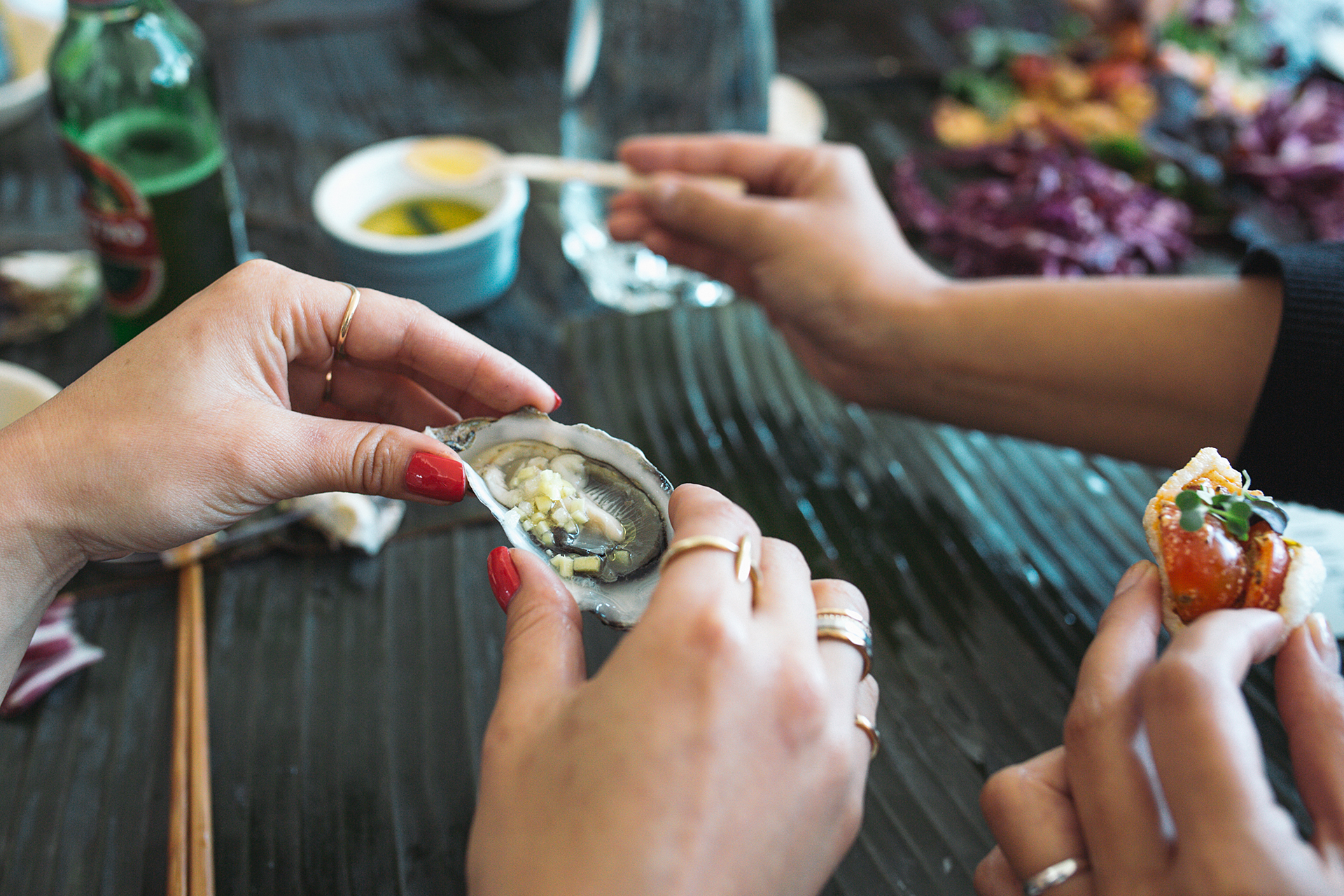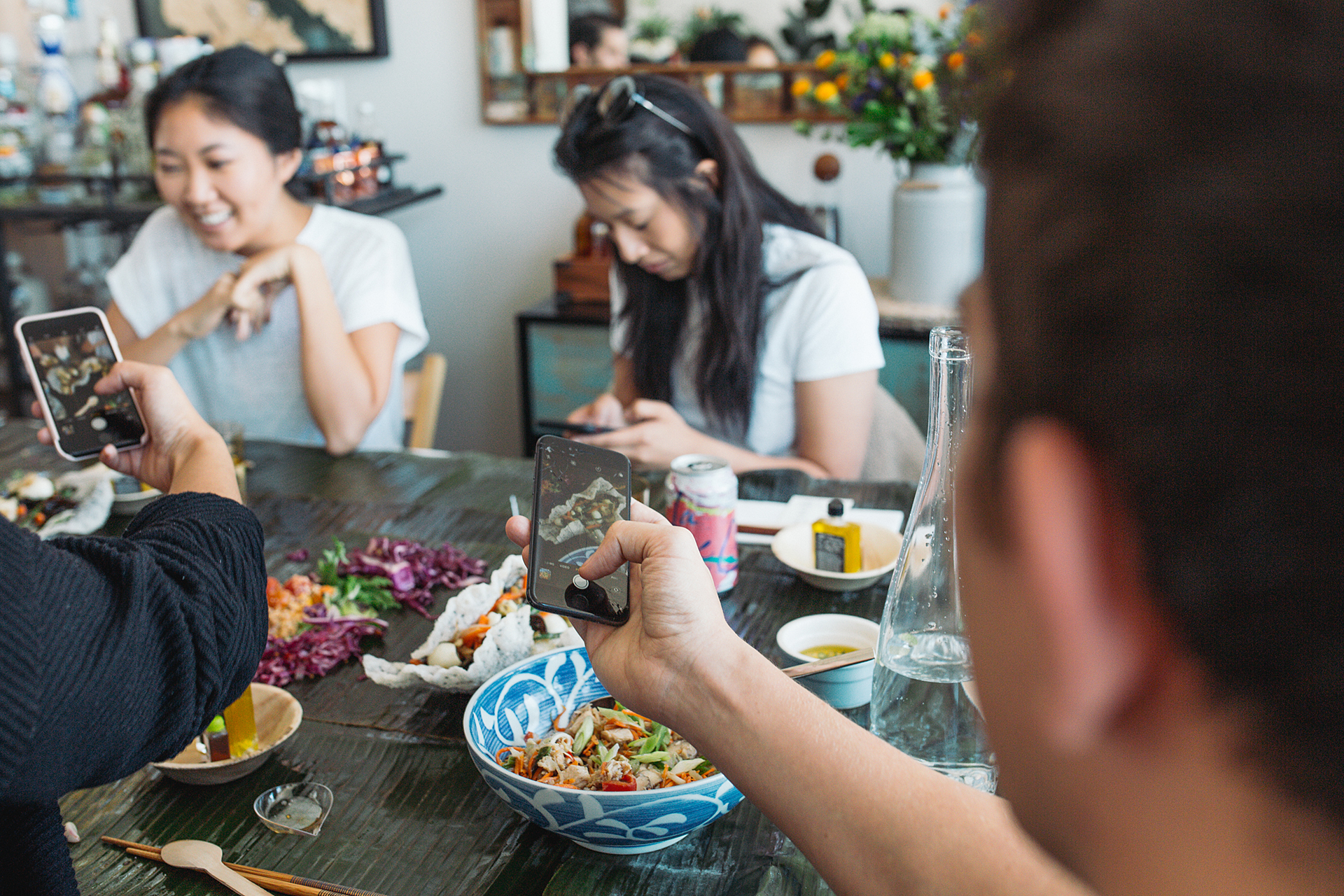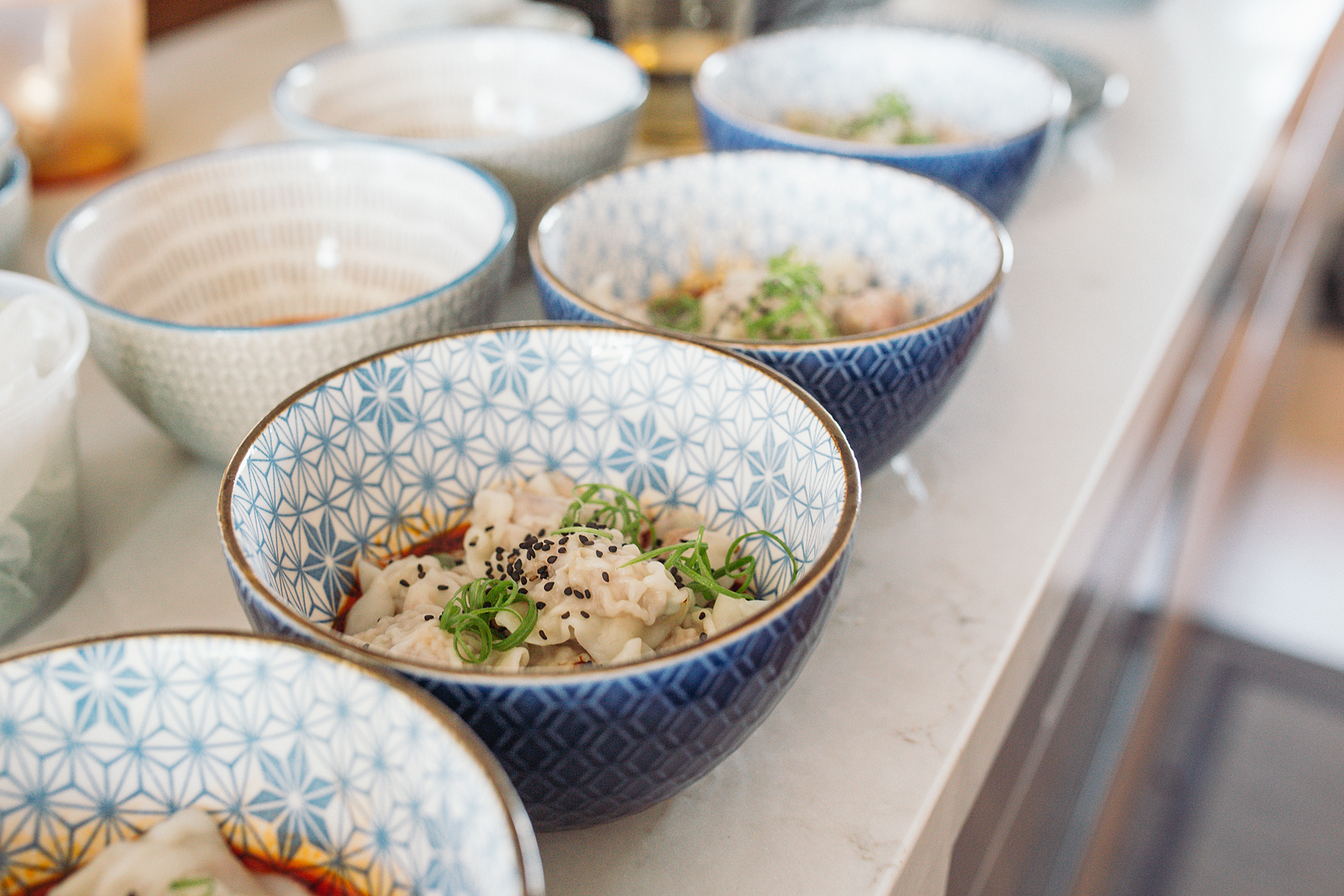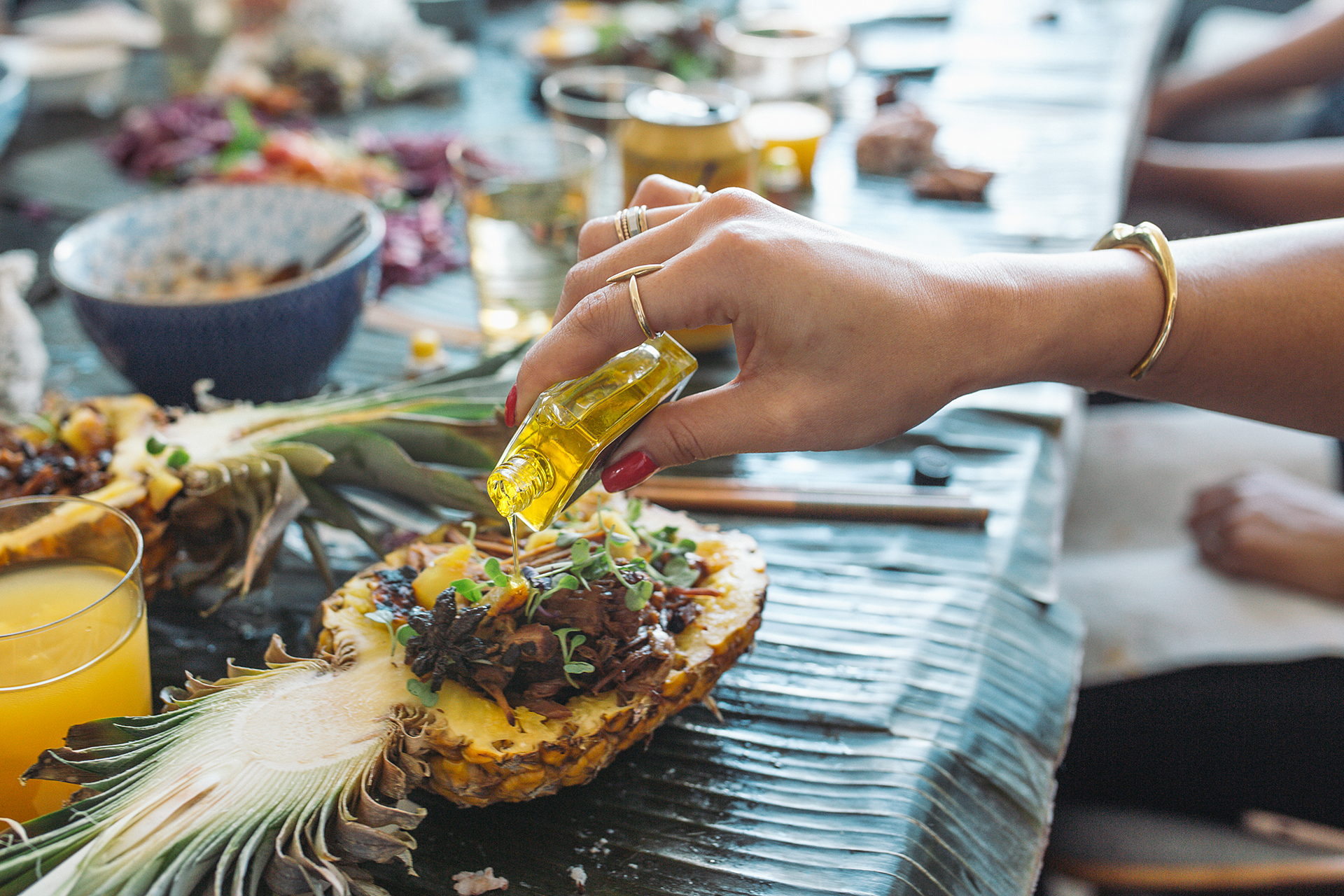When Chef Yana Gilbuena asks you to host a cannabis-infused private brunch to explore the parallels between traditional Chinese and Filipino cuisine—you jump on it! Yana, a nomadic Filipina chef, took her pop-up feasts to all fifty states in fifty weeks, an impressive feat in order to share her kamayan-style dinners, a style of dining where you eat with your hands. I first learned how to eat with my hands at one of her dinners and, throughout the years, we’ve bonded over our love of good food, travel, and of course, cannabis.
Food is a tie that binds us together, and magic happens when we trade ideas and get inspired by one another. Coming from a Taiwanese-Chinese American heritage, I’ve enjoyed many of Chef Yana’s meals and found various similarities in the ingredients and flavor profiles used in both our cuisines. After this discovery, all the pieces seemed to fall into place for our OG Asian Fusion brunch collaboration to be born. Our good friends from Pot d’Huile (also a Filipino-run company) graciously hopped on as our CBD olive oil sponsor, and Real Oyster Cult shipped succulent, farm fresh Kaipara oysters for this private event.

Chef Yana comes from Iloilo City on Panay Island in the Philippines. She explains, “It’s one of the oldest port cities and many Chinese immigrants passed through there.” Foreign trade with the Chinese began in the 11th century in the Philippines and the influences are quite evident in the cuisine.

As Asians, our historical connection with the cannabis plant is strong. Did you know, the first-ever recorded medical cannabis use came from China, and hemp was first discovered in what is now modern-day Taiwan? My people! What an honor it is to combine my passion for food and cannabis with my ancestry.

Our first course started with a humble chop suey. For both the Chinese and Filipinos, this dish repurposes meat and other food scraps in a quick and easy stir-fry. My parents didn’t have much money when they immigrated to this country so they had to be frugal. We grew up in a zero-waste household out of necessity, and this was a dish that gave new life to leftover ingredients.



